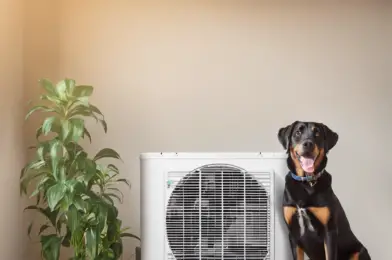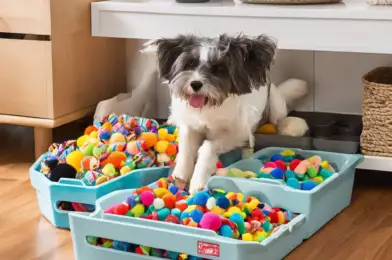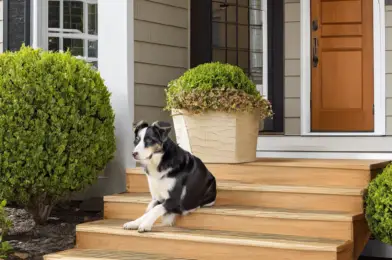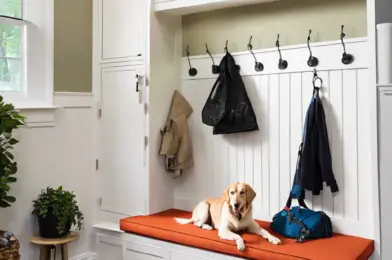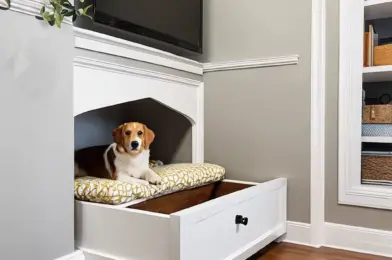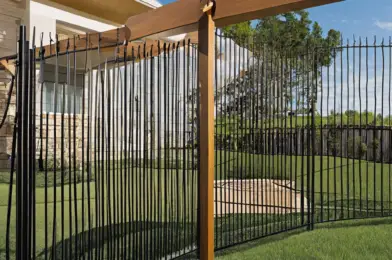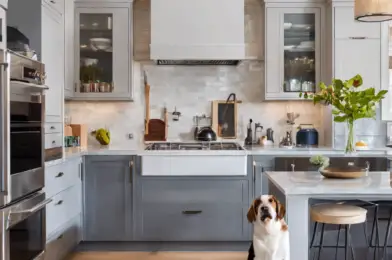Upgrading your HVAC system can be a game-changer for pet owners, especially those with furry friends who shed year-round. Creating a comfortable and healthy living environment for both you and your four-legged companions is essential, and your HVAC system plays a crucial role in achieving this. Here’s how investing in the right upgrades can significantly improve the air quality in your dog-friendly home.
**Understanding the Impact of Pet Dander and Hair**
Pet dander and hair are common allergens that can negatively affect air quality. As your beloved dogs roam freely around the house, they shed dander and hair, which can accumulate in carpets, furniture, and even your HVAC system. This buildup not only impacts indoor air quality but also affects the efficiency of your heating and cooling systems. Over time, these allergens can circulate through the air, potentially causing respiratory issues for both you and your pets.
**The Benefits of HVAC Upgrades**
Upgrading your HVAC system offers numerous advantages for pet-friendly households. Firstly, it can help trap and filter out pet dander and hair, reducing their presence in the air you breathe. Advanced filtration systems are designed to capture these particles, ensuring the air circulating throughout your home is cleaner and healthier. This is particularly beneficial for individuals with allergies or respiratory conditions, providing much-needed relief from irritating symptoms.
**Advanced Filtration Systems**
Consider installing high-efficiency air filters as part of your HVAC upgrade. These filters are specifically designed to capture microscopic particles that standard filters might miss. HEPA (High-Efficiency Particulate Air) filters are a popular choice for pet owners as they can remove at least 99.97% of airborne particles, ensuring your home remains a haven of clean air. Regularly changing these filters is essential to maintain their effectiveness, and some systems even come with reminders to prompt you when it’s time for a replacement.
**UV-C Light Technology**
Another worthwhile addition to your HVAC system is UV-C light technology. UV-C light is known for its ability to neutralize airborne contaminants, including bacteria, viruses, and mold. By installing UV-C lights within your HVAC system, you can destroy these harmful organisms, preventing them from circulating throughout your home. This not only improves air quality but also helps maintain a healthier environment for you and your pets.
**Regular Maintenance is Key**
While upgrading your HVAC system is a significant step forward, regular maintenance is crucial to ensuring its continued effectiveness. Schedule routine inspections and cleanings to keep your system running optimally. Professional technicians can clean and maintain the system, ensuring that it operates efficiently for the long term. They will also inspect the ductwork for any signs of damage or debris buildup, ensuring that the air circulating throughout your home remains clean and free from allergens.
**Conclusion**
Upgrading your HVAC system is an investment in the health and comfort of your dog-friendly home. By prioritizing air quality, you create a safer and more enjoyable environment for both you and your furry companions. Advanced filtration systems and UV-C technology work hand in hand to minimize allergens and keep the air fresh. Remember, a well-maintained HVAC system not only enhances your living conditions but also contributes to the overall well-being of your beloved pets.

